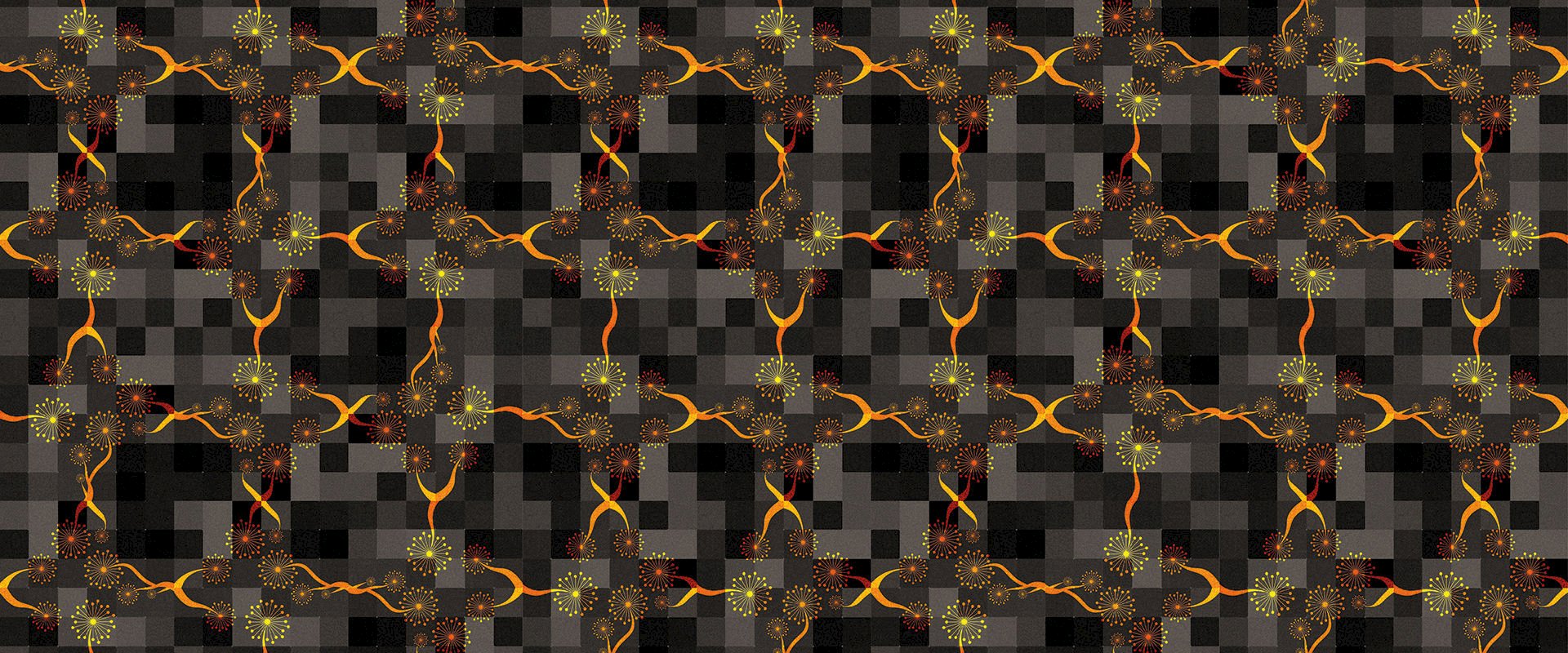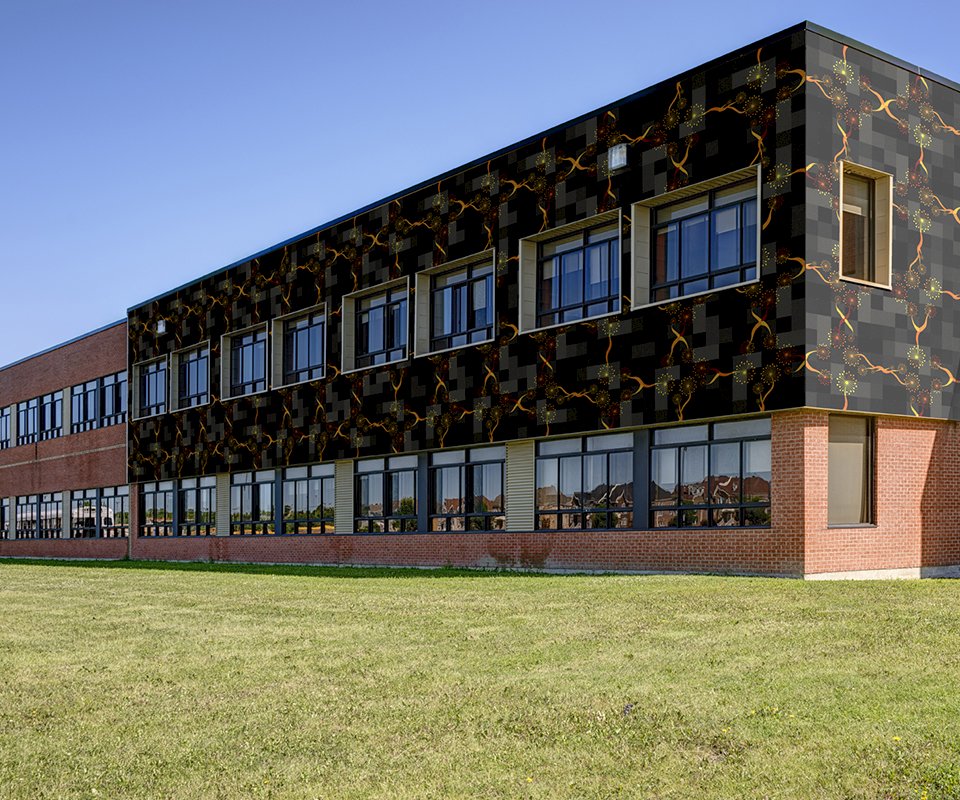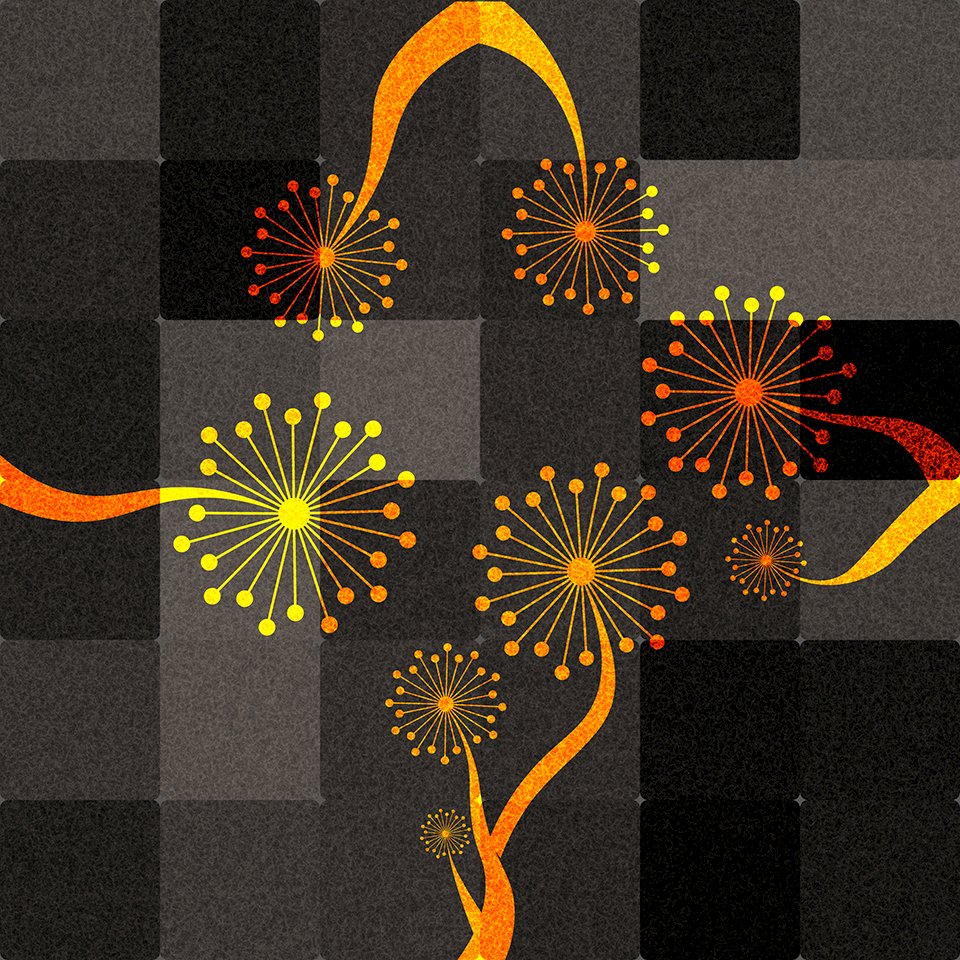Truchet and Steni Vision
Façade cladding and Truchet are two interesting concepts that, although they seem to have little to do with each other at first glance, can be creatively combined in architectural design.
Truchet
Truchet tiling is a concept dating back to the 18th century, named after the French Jesuit and mathematician Sébastien Truchet. These are square tiles with patterns that can be rotated or repeated to create complex and often surprising visual designs. Traditionally, Truchet tiles were black and white with a diagonal line, but modern applications may incorporate more colors and shapes.
Applications and Benefits
-
Patterns and Aesthetics: Truchet tiling can be used to create dynamic and variable patterns, adding visual interest and complexity to surfaces such as floors, walls, and façades.
-
Adaptability: The simplicity of the basic Truchet design makes the tiles highly adaptable. Architects and designers can use various rotations and combinations to create unique and personalized designs.
-
Mathematical Beauty: For fans of geometry and mathematics, Truchet tiling offers an opportunity to integrate these disciplines into architectural design, blending science and art in a unique way.
Steni Vision and Truchet in Combination
Combining Steni Vision with Truchet patterns can result in innovative and eye-catching architectural designs. By using the expressive freedom of Steni Vision façade cladding along with the mathematical and aesthetic principles of Truchet tiling, architects can create façades that are not only functional but also make a strong visual statement.
For example, panels can be cut into Truchet patterns, creating dynamic shadow effects and light play that shift with the daylight. Steni Vision panels with Truchet motifs can also be used to create colorful and intriguing façades, giving a building a unique character.
In summary, integrating Steni Vision and Truchet offers a rich palette of opportunities for creating aesthetically appealing, functional, and innovative building designs.
Moreover, if the façade panels are installed to be demountable, they can be reused for other future buildings in temporary or semi-permanent structures. In other words, they are ideally suited for modular and circular construction. After all, the Steni panel comes with a 60-year warranty for a reason.



